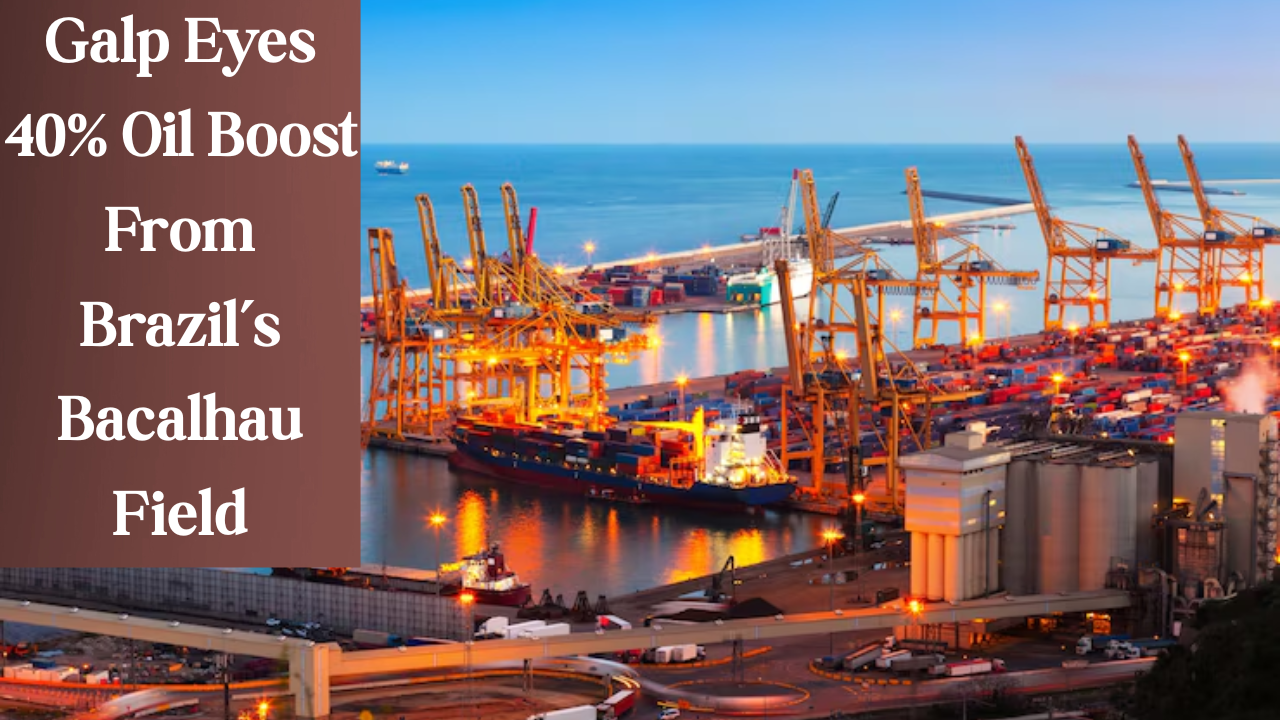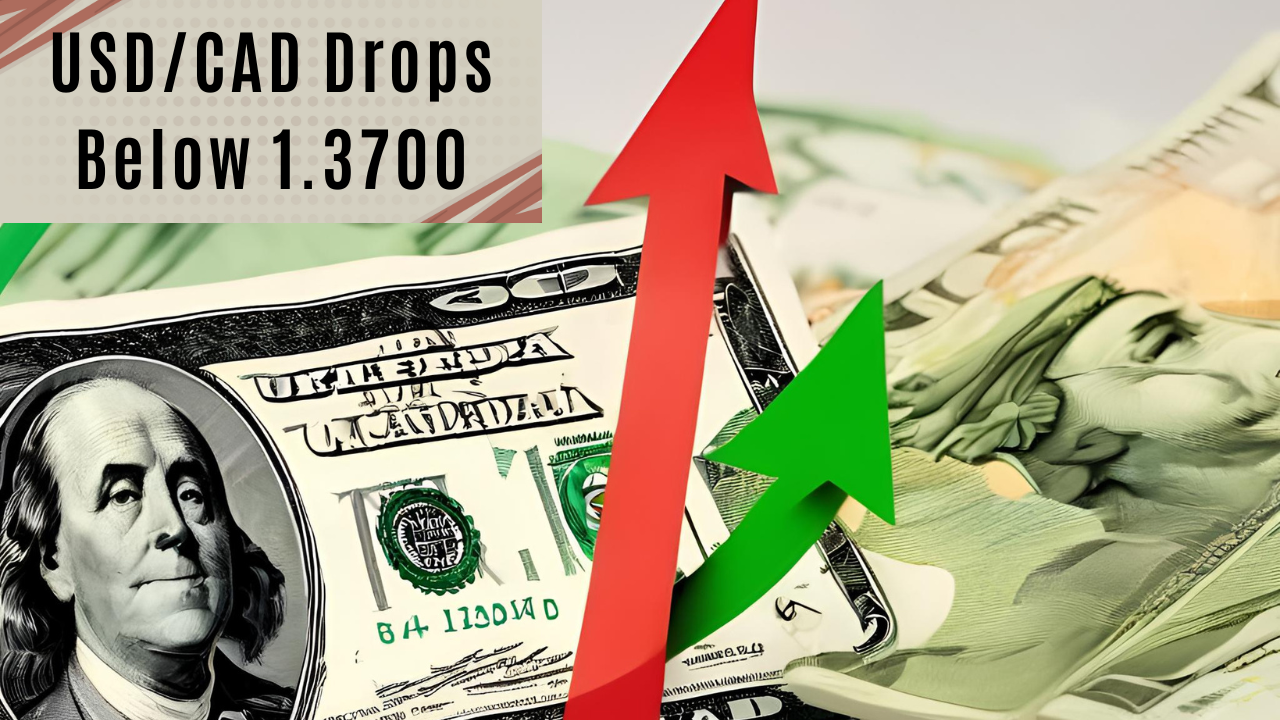
Oil prices edged up on Wednesday, supported by growing supply risks from Venezuela and Canada.
Brent crude rose by $0.54 (0.84%) to $64.63 per barrel, while U.S. West Texas Intermediate (WTI) crude climbed $0.64 (1.05%) to $61.45.
The rise comes after the U.S. government tightened sanctions on Venezuela, barring Chevron from exporting crude oil.
The action significantly decreases Chevron’s functioning bandwidth, even if it can keep its present network in place.
Oil-trained professionals estimate that this move might cut Venezuelan shipments by up to 200,000 barrels per day.
In Canada, wildfires in Alberta have led to a temporary shutdown of several oil sands facilities, cutting an estimated 240,000 barrels per day from the market.
These dual supply disruptions are tightening global inventories just as seasonal demand begins to rise.
OPEC+ Meeting in Focus as Production Hike Expected
Considering an ultimate output policy choice expected by Saturday, investors are keeping a careful eye on the OPEC+ session that has been scheduled for early today.
Preliminary reports suggest that eight member countries may support a modest production hike starting in July 2025.
The impending summertime drive season may raise the world’s oil demand by 1.5 million barrels per day. According to analyst Janiv Shah of Rystad Energy, particularly as non-OPEC+ output is still slow.
This scenario places additional pressure on the alliance to fill the supply gap and stabilize prices.
After July, Goldman Sachs Expects Stable Production
Goldman Sachs Forecasts Steady OPEC+ Output Amid Market Shifts
Goldman Sachs expects OPEC+ to maintain current production levels after July.
The bank bases this outlook on the launch of new offshore projects, a 0.5% dip in global economic growth, and a buildup of 40 million barrels in OECD oil stockpiles.
However, analysts caution that risks remain on the upside. A stronger-than-expected demand rebound or non-compliance by some OPEC+ members could shift the balance.
Adding to the uncertainty, geopolitical developments may fuel market volatility.
Iran’s nuclear chief hinted at allowing U.S. inspectors access to nuclear sites—a potential breakthrough in stalled negotiations.
If successful, the move could restore up to 1 million barrels per day of Iranian oil to the global market.









